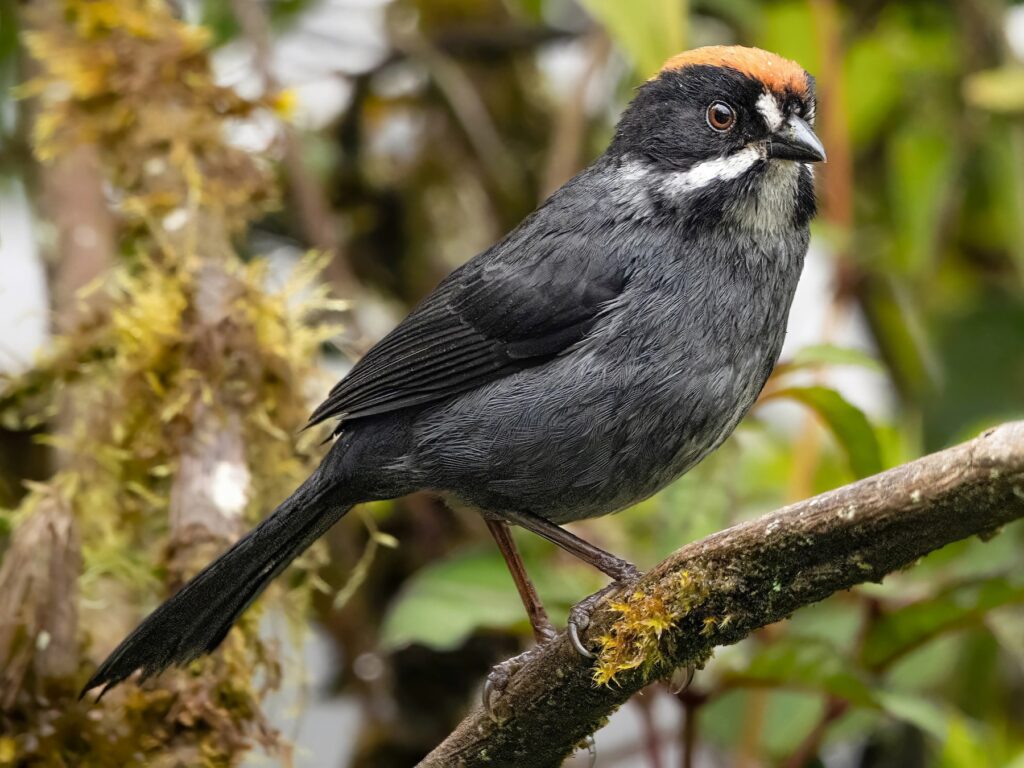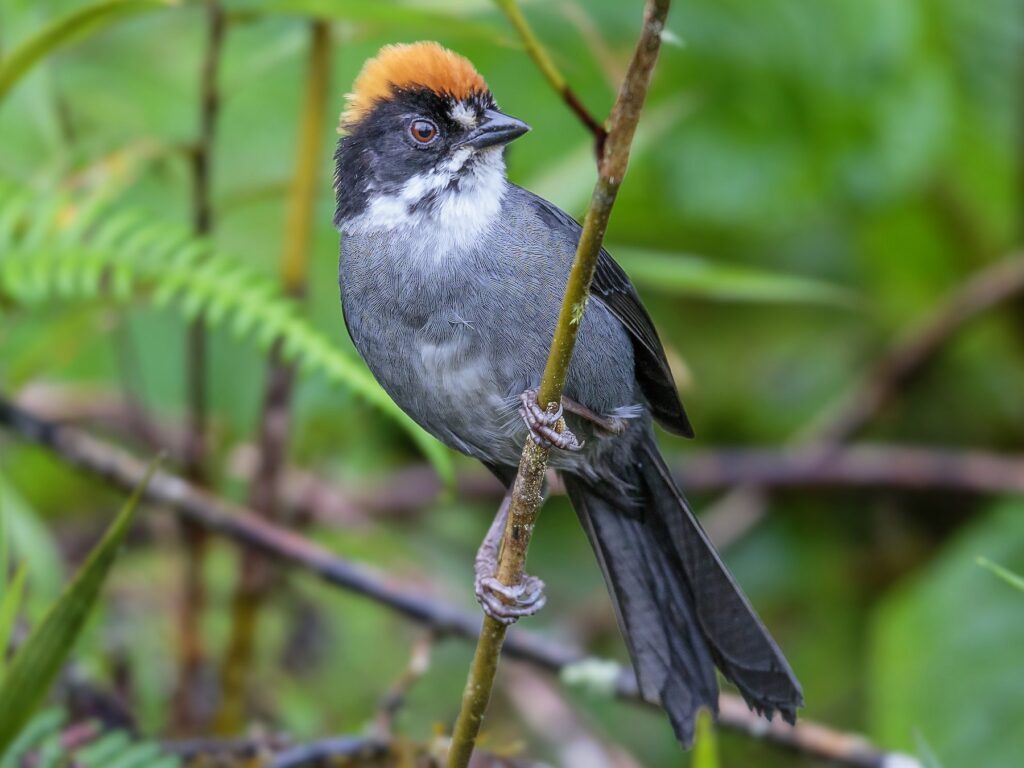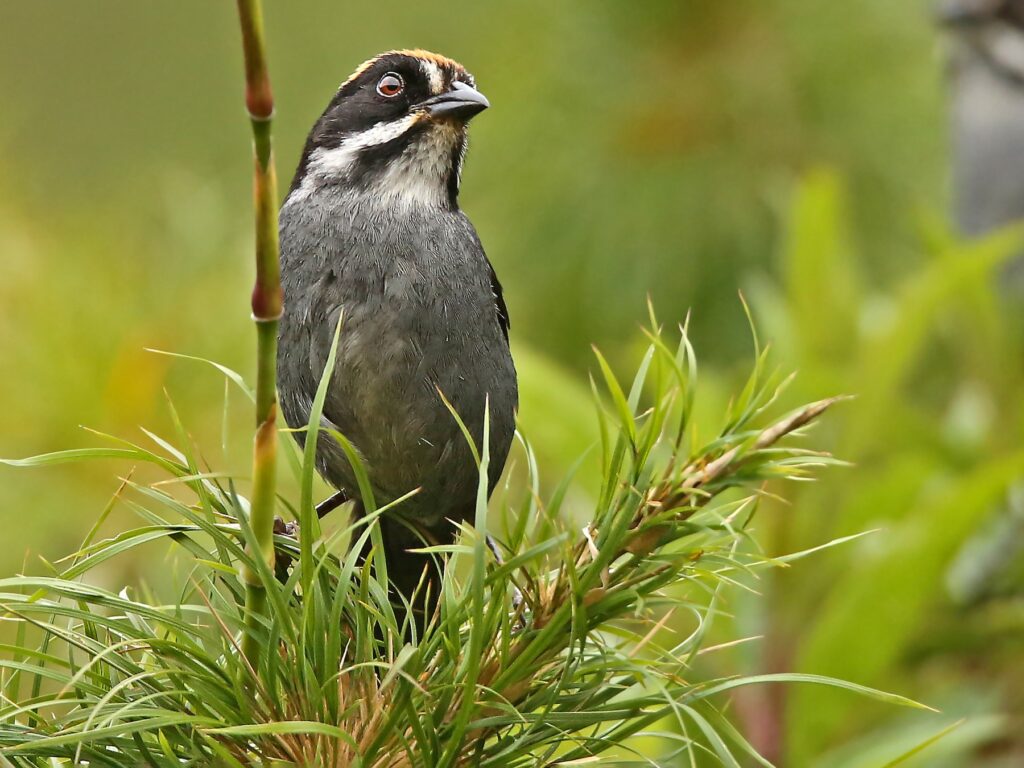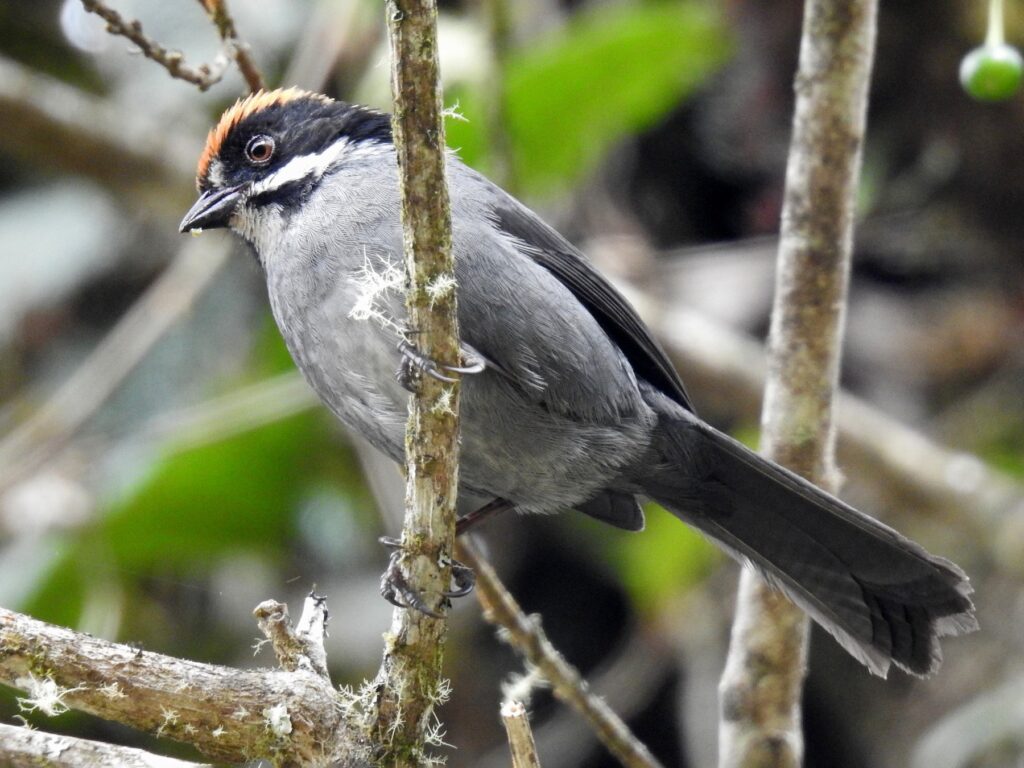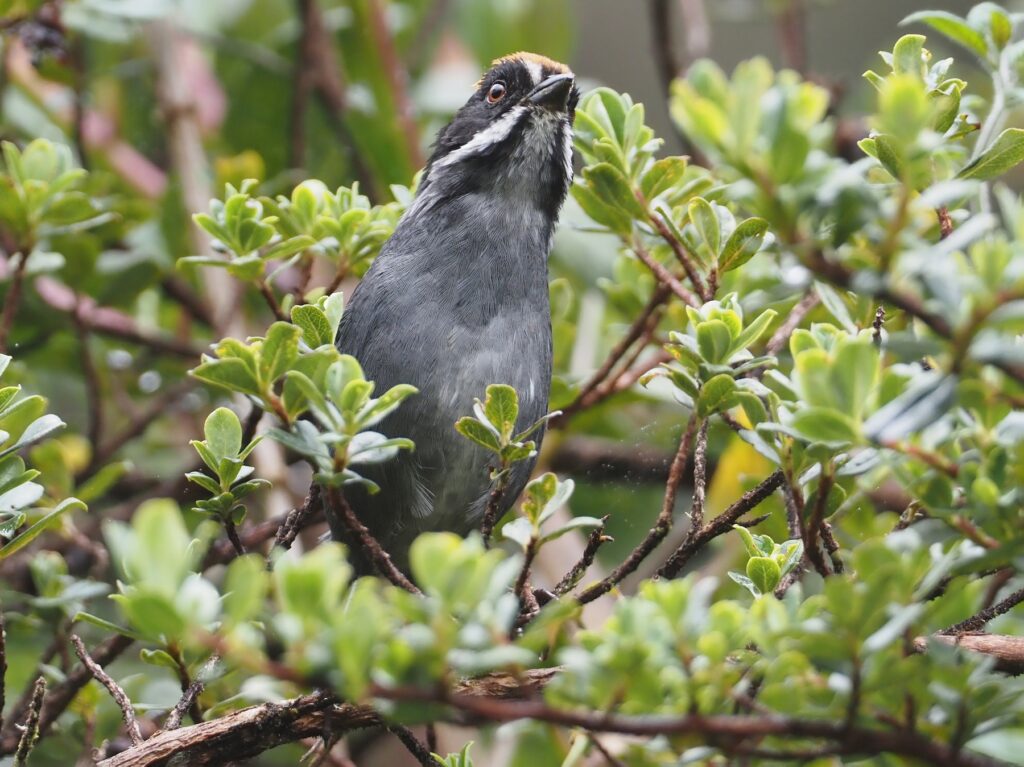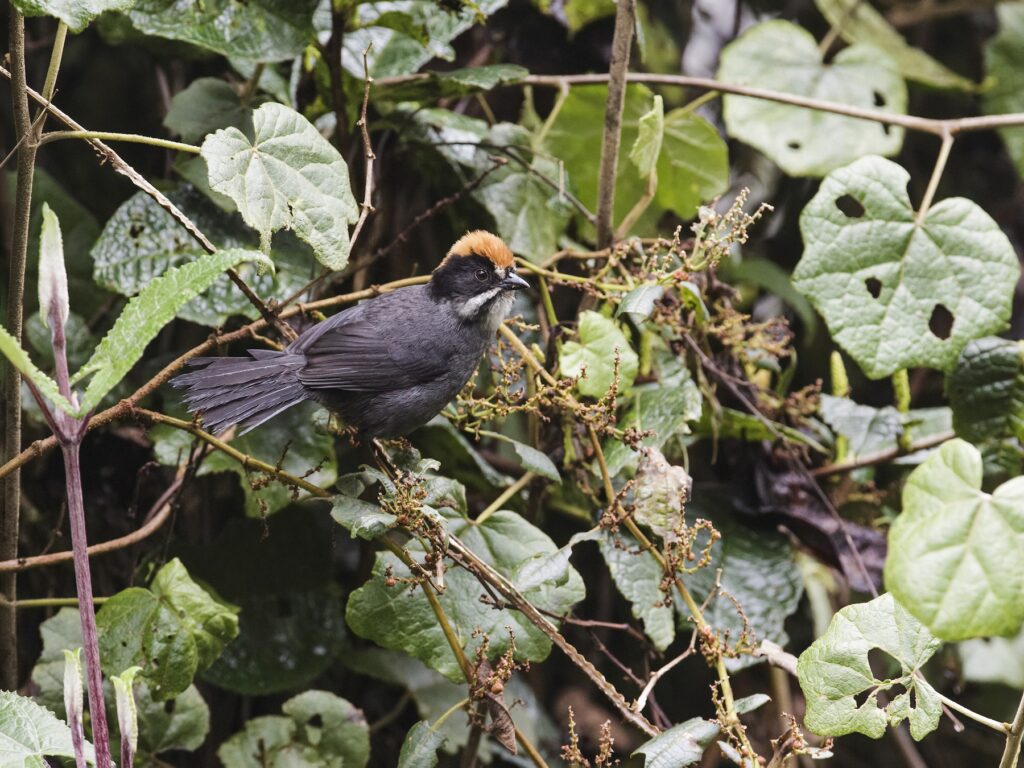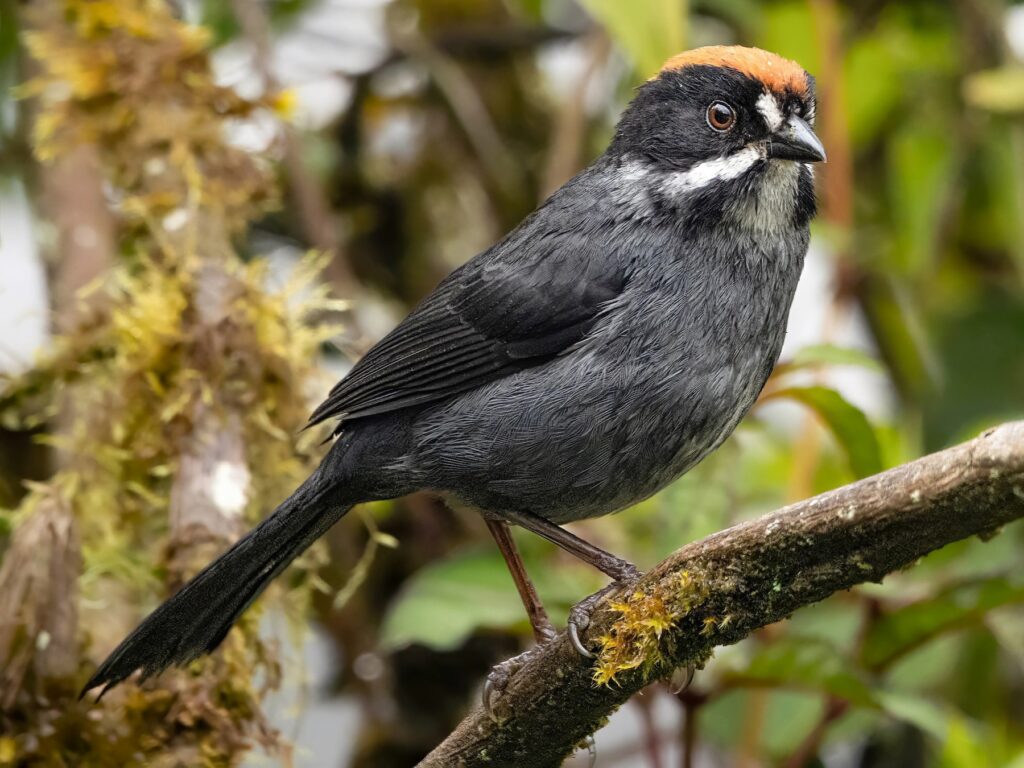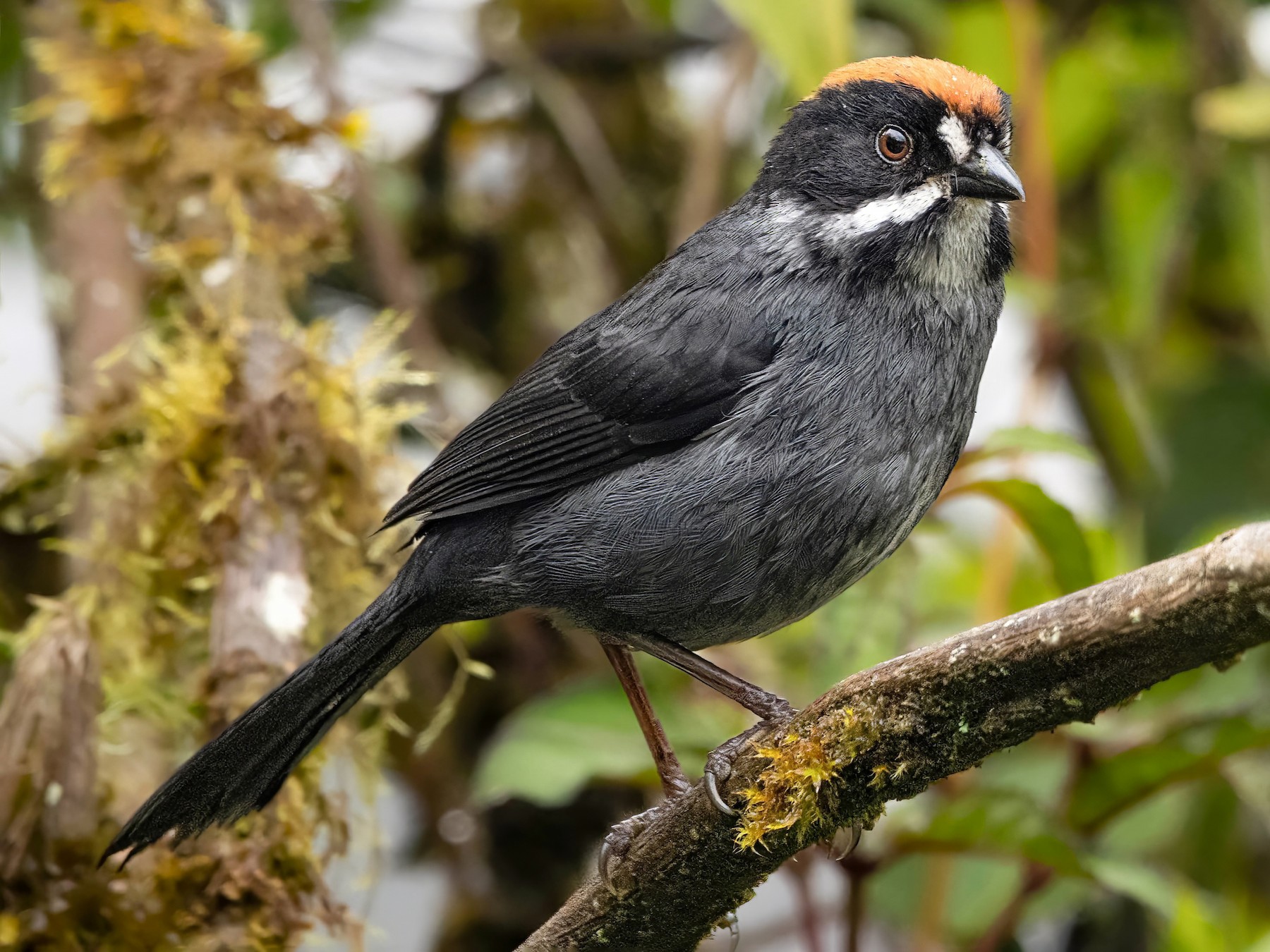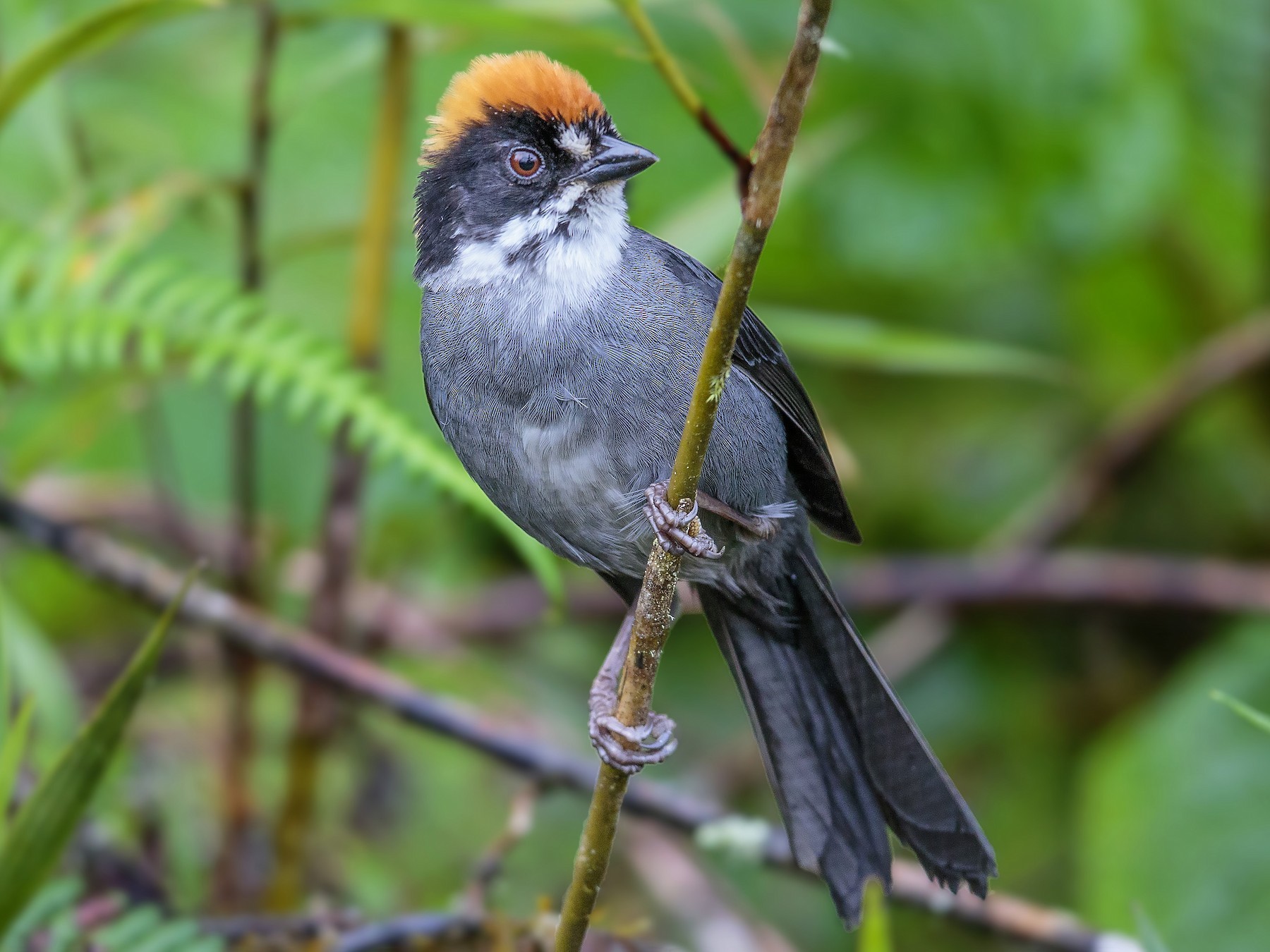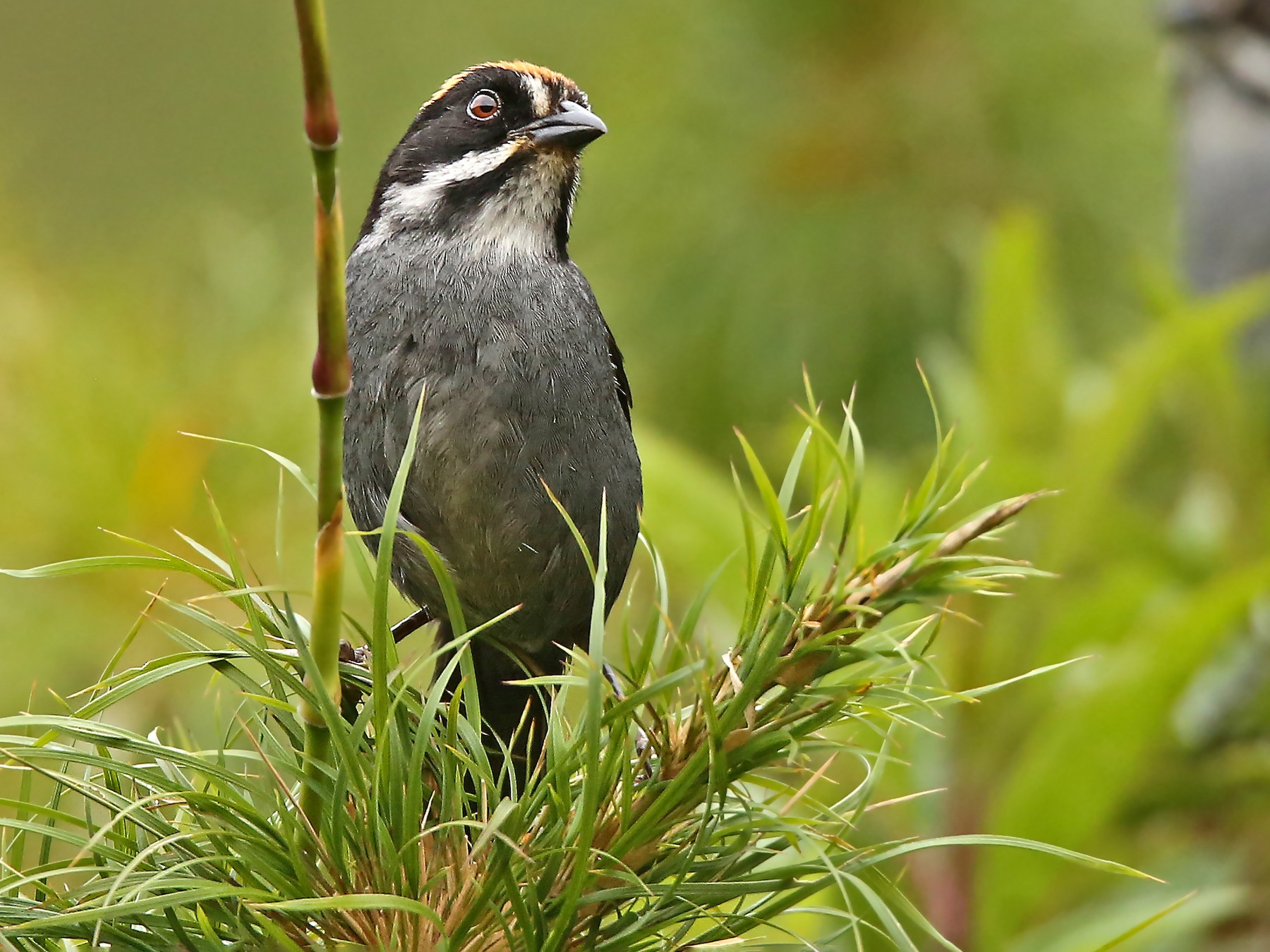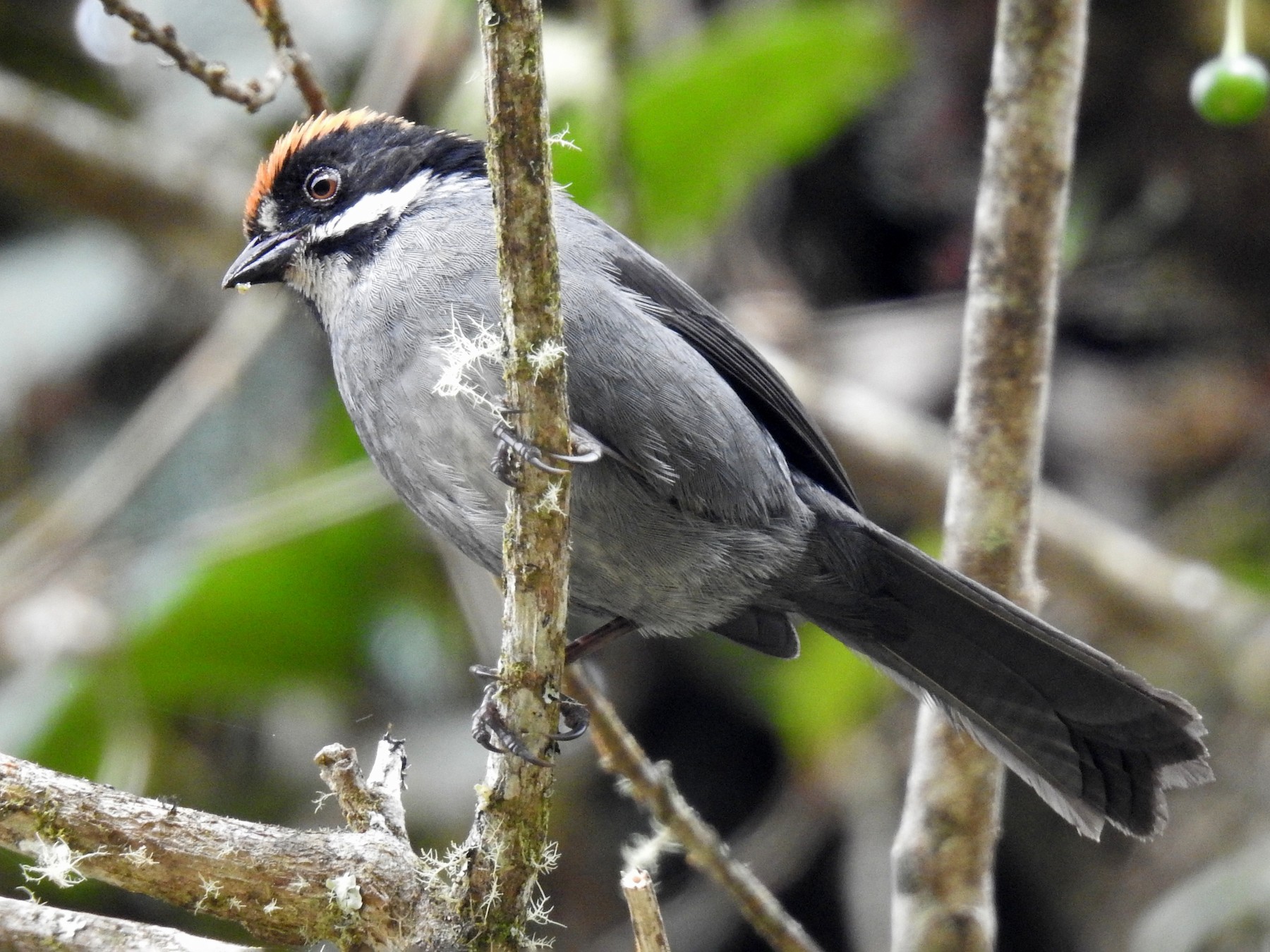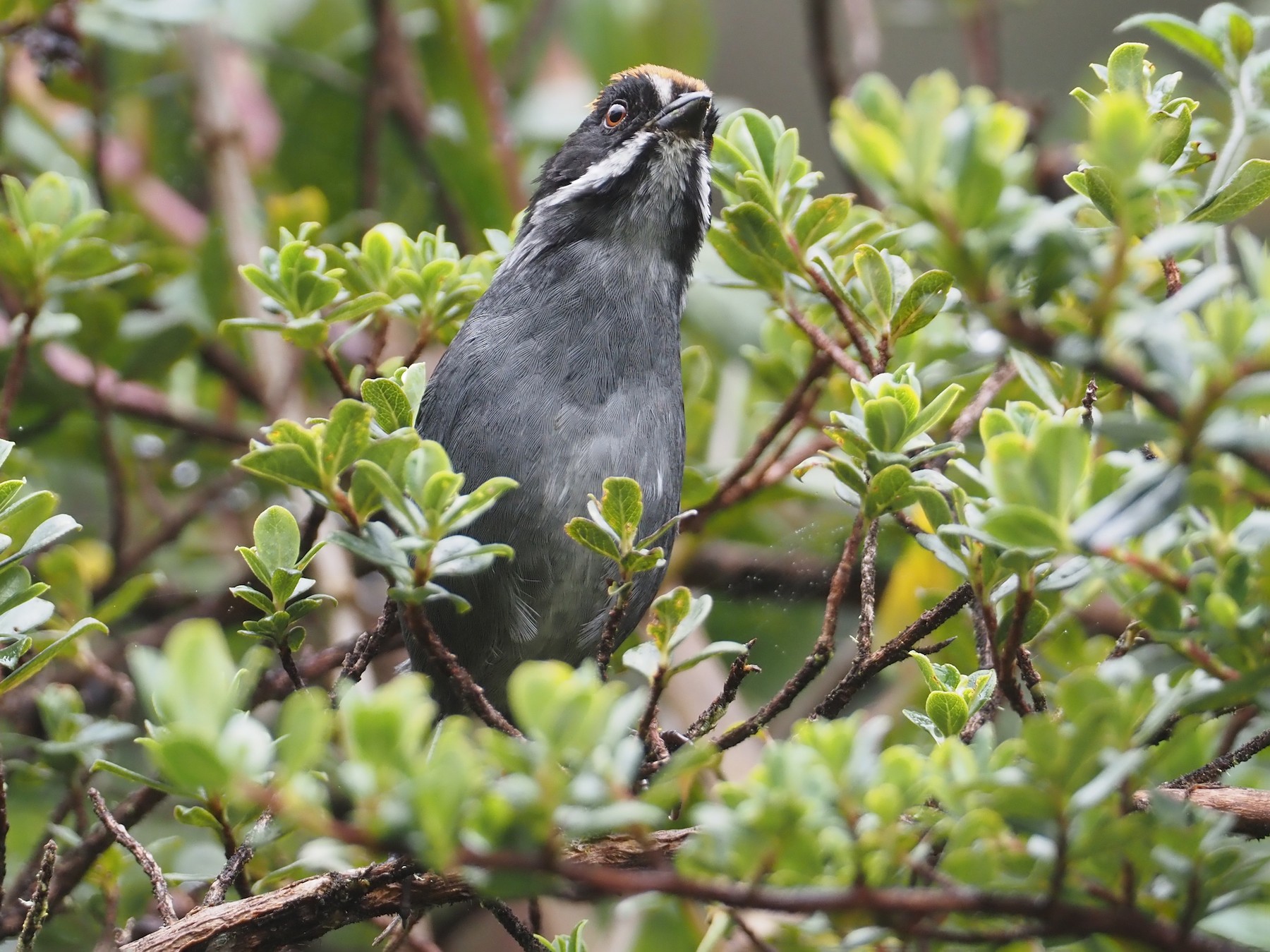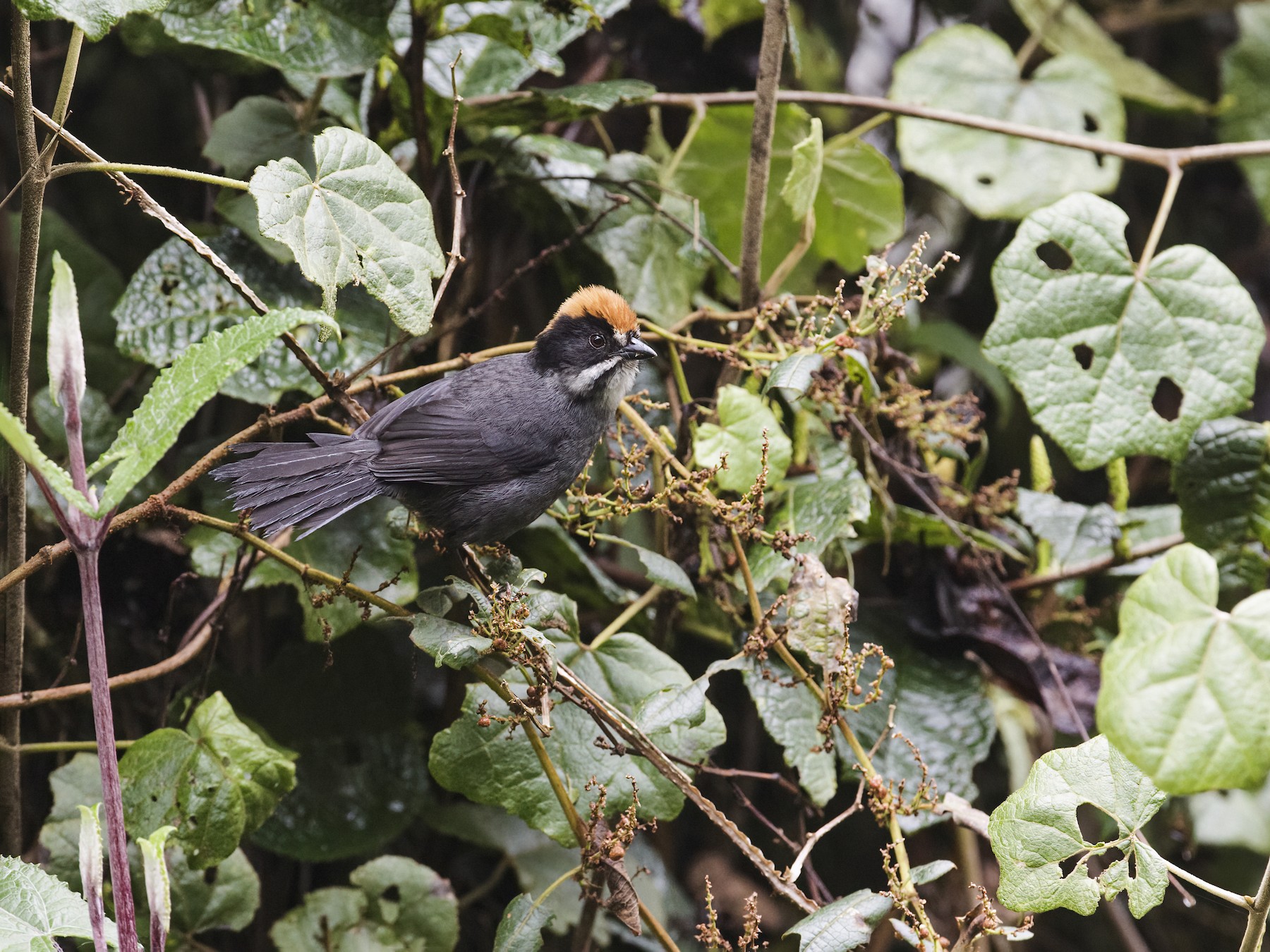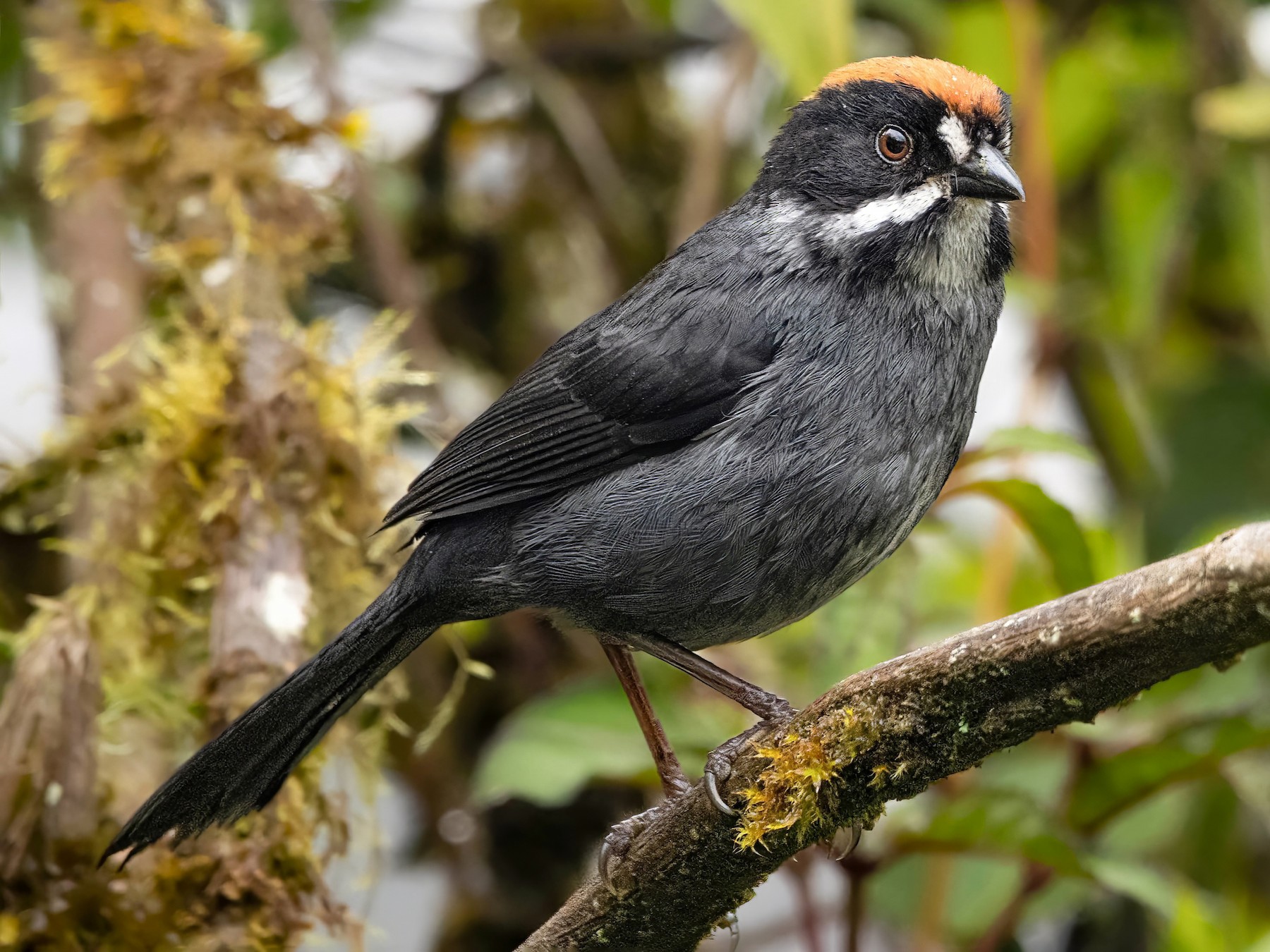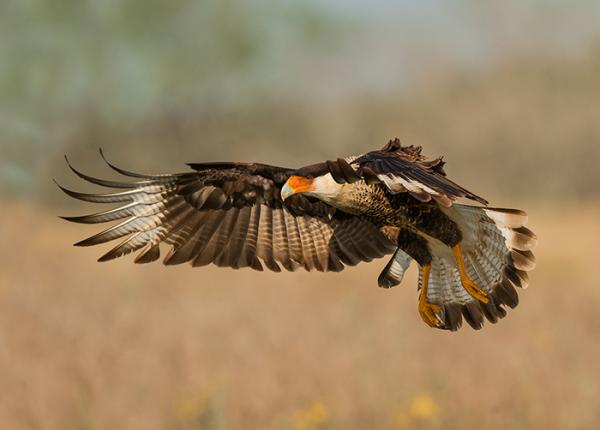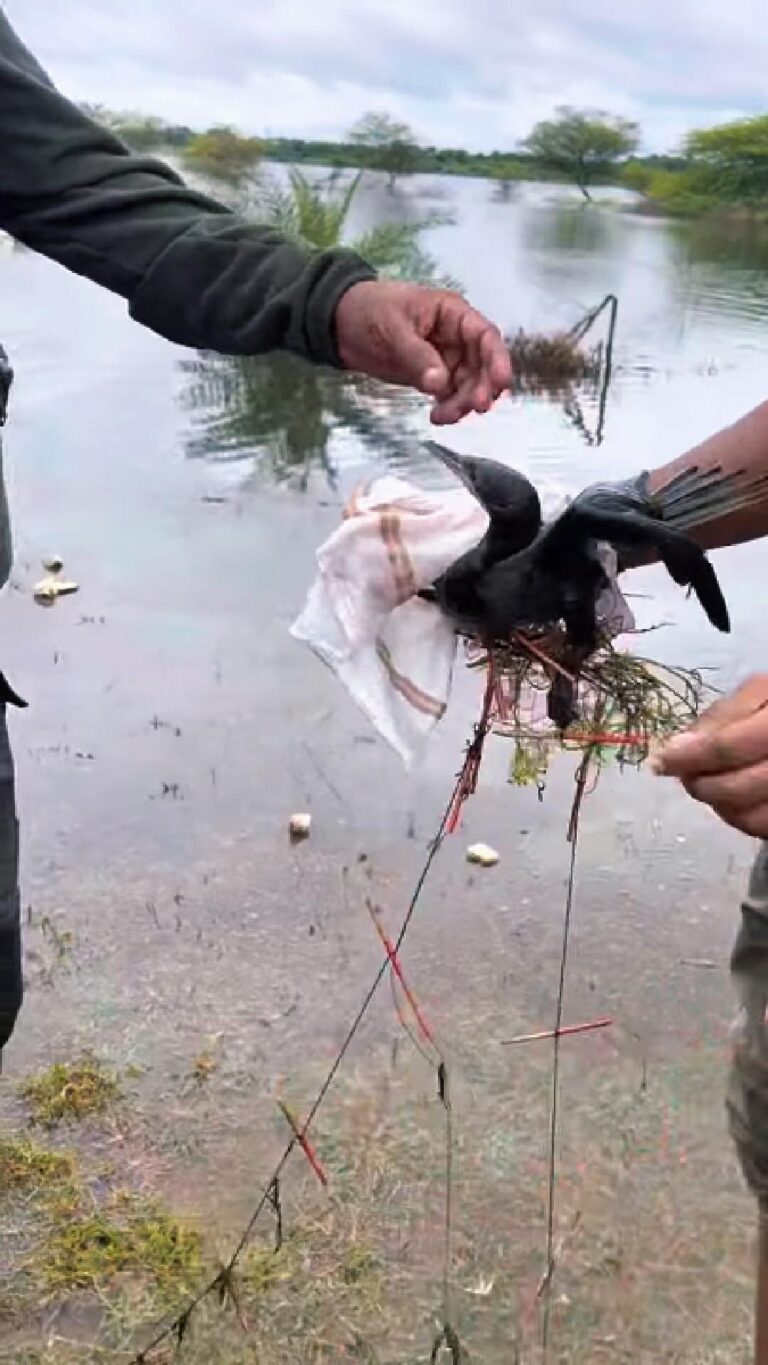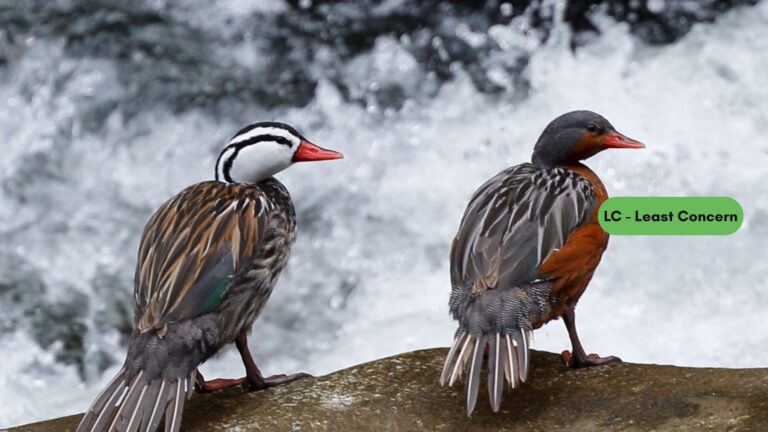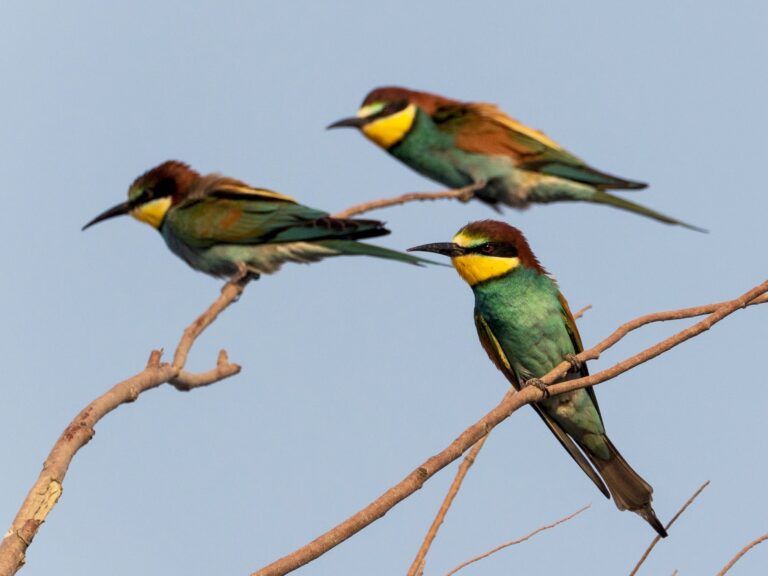Peruvian Slaty Brushfinch: Unlocking the Secrets of a Remarkable Bird Species
The Peruvian Slaty Brushfinch is one of those birds that just grabs the attention of birdwatchers and researchers. You’ll mostly find this species high up in the Andean regions of Peru, where it does well in everything from humid forests to open grasslands.
Its slate-gray plumage and subtle color shifts make it stand out for those trying to spot it in the wild. Watching its behavior up close shows off its adaptability and its role in the local ecosystem.
Key Takeaways
- The Peruvian Slaty Brushfinch is native to the Andean regions of Peru.
- Its unique physical traits aid significantly in its identification and classification.
- Conservation efforts are crucial for preserving its natural habitat and ecosystem.
Taxonomy and Classification
The Peruvian Slaty Brushfinch sits comfortably within a well-defined taxonomic structure. Its place in the avian family tree helps us understand how it connects with similar species.
Genus Atlapetes and Species Overview
This brushfinch belongs to the genus Atlapetes, which includes several other brushfinches. The genus really highlights the diversity you’ll find among New World sparrows.
People often call the Peruvian Slaty Brushfinch Atlapetes taczanowskii. It’s most at home in the Andean regions of Peru, but you’ll find some close relatives like Atlapetes nationi and Atlapetes canigenis living in their own specialized habitats.
There are a few subspecies in the group, each with their own quirks in plumage and behavior. For example, the A. taczanowskii subspecies has adapted pretty specifically to mountainous life, showing off unique ecological traits.
Passerellidae Family
The Peruvian Slaty Brushfinch is part of the Passerellidae family, better known to most as brushfinches and New World sparrows. Birds in this family usually have a sturdy build and a taste for seeds.
Brushfinches tend to sport cryptic plumage, which helps them stay hidden. The Peruvian Slaty Brushfinch’s slate-gray feathers are perfect for blending into the rocky Andes. Researchers keep uncovering new details about how these birds interact with their world—and what that could mean for conservation.
Related Species and Subspecies
Several species in the Atlapetes genus look a lot like the Peruvian Slaty Brushfinch. The Sooty Brushfinch (Atlapetes fulkersoni) and the Cuzco Brushfinch (Atlapetes c. nationi) have their own quirks and adaptations.
The Rusty-bellied Brushfinch (Atlapetes megarhynchus) and Rufous-eared Brushfinch (Atlapetes rufigenis) are also pretty interesting relatives. Each one claims its own turf and ecological niche, showing off the twists and turns of evolution in the Andes.
If you’re curious about how these birds fit into the bigger Andean biodiversity puzzle, check out this study on diversification in the Andes.
Physical Description and Identification
The Peruvian Slaty Brushfinch sports a look that’s hard to mistake once you know what to look for. Knowing these traits helps birders and researchers tell it apart from its cousins.
Distinguishing Features
Known as Atlapetes schistaceus in the science world, this bird has sleek, slate-gray feathers that look almost uniform. Its underparts are a bit lighter, creating a gentle contrast.
The head is rounded, and the bill is short and sturdy—just right for picking seeds and insects. Bright yellow on the vent and undertail coverts gives it away if you catch a glimpse. Its wings and tail lean dark olive-brown, blending in with the rest of its muted colors. There’s also a thin white eye-ring that pops against its head.
Comparison with Similar Species
Some folks mix it up with the Pale-headed Brushfinch (Atlapetes pallidiceps). That one has more yellow on the vent and skips the slaty coloring.
The Grey-browed Brush Finch (Arremon assimilis) looks browner and lacks the gray vibe. If you’re trying to tell them apart, pay attention to where they’re hanging out and how they act. Bird guides can be a lifesaver for sorting out the details.
Sexual Dimorphism and Plumage Variation
Males and females look almost identical, so it’s tough to tell them apart just by sight. Sometimes males show off slightly brighter colors, though.
Depending on where they live, individuals might show small differences in brightness or shade. Juveniles come in looking duller and less crisp, which helps when you’re trying to figure out age. If you want more visuals, field guides and research articles dig deeper into these differences.
Habitat and Geographic Distribution
You’ll mostly find the Peruvian Slaty Brushfinch in the Andes, sticking to humid forests and paramo environments. Its range covers a few countries, and it’s picked up some neat tricks for dealing with different habitats.
Humid Andean Forests and Paramo
This bird thrives in humid Andean forests, where thick vegetation and high moisture are the norm. These forests usually sit between 2,500 and 3,800 meters up.
The brushfinch likes spots with dense undergrowth and lots of shrubs. It spends a lot of time foraging on the forest floor, searching for seeds, bugs, and fruit. You’ll also spot it in paramo regions at higher elevations, where things get cooler and wetter.
Range in Peru, Ecuador, and Colombia
Its range stretches from southeastern Peru into southwestern Ecuador and even parts of Colombia. In Peru, you might see it in places like Huánuco and Cusco.
Ecuador offers similar elevations and habitats, but the distribution isn’t exactly continuous. Colombia has a few populations, but they’re harder to find. Each country brings its own set of challenges—think habitat loss and shifting climates—that shape where the bird can live.
Disjunct Populations and Adaptations
Some populations live in isolated pockets, thanks to mountains and other barriers. These groups have picked up their own adaptations to survive where they are.
For instance, brushfinches in humid forests might eat differently from those in the paramo. This separation really highlights how much local habitat matters. Conservation gets tricky here—you’ve got to look out for those unique, isolated groups.
Things like temperature and humidity can make or break their chances, so protecting their homes across the Andes is a big deal.
Behavior and Ecology
The Peruvian Slaty Brushfinch has some interesting habits that help it make a living in the Andean highlands. Let’s dig into what it eats, how it sounds, and how it raises its young.
Diet and Foraging Habits
This brushfinch mostly eats seeds, fruits, and insects. You’ll often spot it foraging on the ground, tucked into dense vegetation for cover.
It loves seeds from grasses and herbs, which makes it an important seed spreader. The bird also “gleans” insects off leaves and branches. When breeding season rolls around, it ups its protein game by eating more insects to feed the chicks. That flexible diet helps it cope with whatever’s available.
Vocalizations and Communication
Vocalizations matter a lot for this species. Males belt out a clear, whistled song to attract mates and stake out territory during breeding season.
Besides singing, they use calls to talk to each other, especially in mixed flocks. Calls can warn of danger, keep the group together, or point out food. These sounds are key for surviving in thick, tangled habitats.
Breeding and Reproduction
The breeding season usually lines up with the rainy months. Males sing and defend their patches, hoping to impress a female. Nests are hidden low in thick vegetation, keeping them safe from prying eyes.
Females lay 2-4 eggs and handle incubation for about 12-14 days. The chicks hatch helpless and depend on their parents for a while. Parents work hard to feed and protect them until they’re ready to go it alone.
If you’re interested in more about perching birds like the Peruvian Slaty Brushfinch, check out Birds of the Tropical Andes for a deeper dive.
Conservation Status and Significance
The Peruvian Slaty Brushfinch faces some tough challenges these days. Habitat loss tops the list, and honestly, it’s not getting easier to solve.
People keep pushing into their territory with agriculture, logging, and urban sprawl. Every year, these birds lose more of the places they need to survive.
- Habitat Destruction: When Polylepis woodlands disappear, so does the brushfinch’s best shot at thriving.
- Climate Change: The weather keeps getting weirder, which messes with their food supply and nesting spots.
Livestock grazing adds to the mess, degrading habitats even further. It’s a lot for a small bird to deal with.
Conservation Efforts
Plenty of folks are stepping up to help the Peruvian Slaty Brushfinch. Conservation groups focus mainly on restoring and protecting their homes.
- Protected Areas: Setting aside land as protected space gives these birds a fighting chance. Other creatures benefit too, which is a nice bonus.
- Community Engagement: Local communities get involved, and that really makes a difference. When people care, conservation sticks.
Groups like ECOAN work right in Peru, rolling up their sleeves to monitor bird populations and put real conservation plans in motion.
Ecological Importance
The Peruvian Slaty Brushfinch does more than just survive—it keeps the whole system running. As a seed disperser, it quietly helps Polylepis woodlands stay healthy.
- Biodiversity: By spreading seeds, the brushfinch supports a wider variety of plants and animals.
- Indicator Species: If you spot one, it usually means the ecosystem’s in decent shape. Their presence says a lot about the environment.
When we protect this bird, we’re really looking out for the entire Andean ecosystem. The health of these habitats matters for people too—anyone living nearby depends on them, whether they realize it or not.
Notable Associated Species
The Peruvian Slaty Brushfinch isn’t alone out there. It shares its patch with a bunch of other birds, which makes the place feel alive and complicated in the best way.
Getting to know these neighbors helps you appreciate how the brushfinch fits into the bigger picture. The connections run deeper than you might think.
Common Avian Associates
Some birds seem to hang out with the Peruvian Slaty Brushfinch pretty often. The Peruvian Pygmy-Owl sticks to the same forests, sometimes hunting smaller birds nearby.
Yellow-browed Sparrows and Rufous-collared Sparrows forage for seeds and insects in the same places. It’s a busy scene on the forest floor.
Peruvian Meadowlarks add their songs to the grasslands, which keeps things lively. The Dusky-green Oropendola builds its wild nests not far away, and several types of blackbirds round out the crowd.
The Citrine Warbler and Black-crested Warbler also pop up in these woodlands. Together, all these birds create a tangled web of interactions, making the ecosystem richer and more interesting.
Interactions with Local Fauna
The brushfinch doesn’t just interact with birds. It spends a lot of time foraging for insects and seeds on the ground, which can attract all sorts of critters.
When it stirs up insects, predators like the Peruvian Pygmy-Owl may take advantage. It’s a bit of a domino effect—one bird’s lunch can become another’s opportunity.
Other birds, including cardinals and allies, compete for the same food. With birds like the Golden Grosbeak in the mix, diets overlap, but somehow, things stay in balance. Each species carves out its own niche, keeping the ecosystem humming along.
Frequently Asked Questions
People have plenty of questions about the Peruvian Slaty Brushfinch and its relatives. If you’re curious about their habitat, how to spot them, what they eat, or their conservation status, you’re in the right place.
What is the habitat range of the Northern Slaty Brushfinch?
The Northern Slaty Brushfinch mostly sticks to the high Andes in Peru. You’ll usually find it in dense vegetation, especially Polylepis woodlands.
Those tangled forests offer the cover and food it needs. Foraging and nesting just work better there.
How can you distinguish between a Cusco Brushfinch and similar species?
If you want to pick out a Cusco Brushfinch, check for its unique colors. It has a dark gray body and a bright yellow belly—pretty hard to miss once you know what to look for.
Behavior and calls can give you extra clues, especially if you’re not sure at first glance.
What are the feeding habits of the Pale-naped Brushfinch?
The Pale-naped Brushfinch eats seeds, fruits, and insects. It likes to forage on the ground or in low bushes, using its strong beak to crack seeds open.
It doesn’t stick to just one food source, either. This bird switches things up depending on what’s in season.
In which countries can the Vilcabamba Brushfinch be found?
The Vilcabamba Brushfinch lives mostly in Peru. It’s pretty much tied to the Vilcabamba region, where the conditions are just right for it.
Dense shrubs and changing elevations seem to suit its tastes best.
What are the conservation statuses of brushfinch species in the Andean region?
Many brushfinch species in the Andes face trouble from habitat loss and fragmentation. Some are considered vulnerable, so there’s real pressure to protect their homes.
Researchers keep tracking populations, hoping that ongoing conservation work can turn things around. It’s a tough fight, but not impossible.
How do mating behaviors differ among various brushfinch species?
Brushfinch species show a surprising range of mating behaviors. Some go all out with elaborate courtship displays.
Others stick to simpler rituals. Usually, these behaviors match up with what their habitats demand or allow.

